The RxSight® Light Adjustable Lens™ (LAL) is the first and only FDA-approved intraocular lens that can be customized to your specific visual needs after cataract surgery.
Customized results
The Light Adjustable Lens (LAL) offers unparalleled flexibility by allowing post-surgical adjustments to fine-tune vision to the patient’s needs. This revolutionary lens can be modified with UV light after implantation, ensuring patients achieve optimal visual clarity that can be customized even after surgery. Dr. Manusis can preview and adjust your vision to your own personal visual requirements after the lens has been implanted.
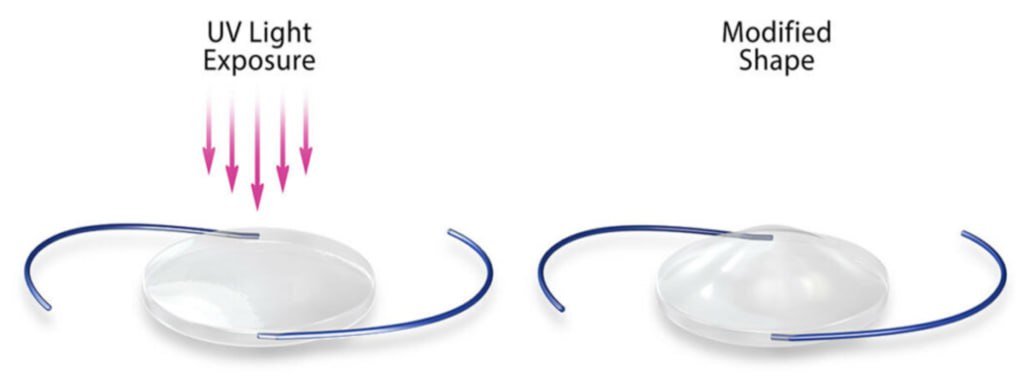
Penetrating keratoplasty is a procedure where the entire damaged or diseased cornea is replaced with a healthy donor tissue. Donor corneas come from organ donors and are harvested and distributed by a network of eye banks after meticulous screening for many diseases, including Hepatitis and HIV.
Who is Penetrating Keratoplasty for?
This procedure is ideal for patients with conditions such as keratoconus, corneal scarring, or other advanced corneal diseases that impair vision and cannot be corrected with glasses or contacts. It is recommended for individuals whose corneal damage impacts daily activities and overall quality of life.
What to Expect
Dr. Manusis conducts an in-depth consultation to determine the most suitable type of transplant (total or partial thickness) based on the patient’s unique condition. The surgery itself is usually done under local anesthesia. The donor cornea is held in place using sutures (typically 16-24). These sutures are sequentially removed in the office throughout the healing process. Recovery includes frequent follow-up visits, and visual rehabilitation can take up to one year, often requiring glasses for best results. Dr. Manusis guides post-surgical care to ensure the best results.
Sings of rejection include redness, light sensitivity, pain, and blurry vision. This is considered an emergency and should be rapidly treated.
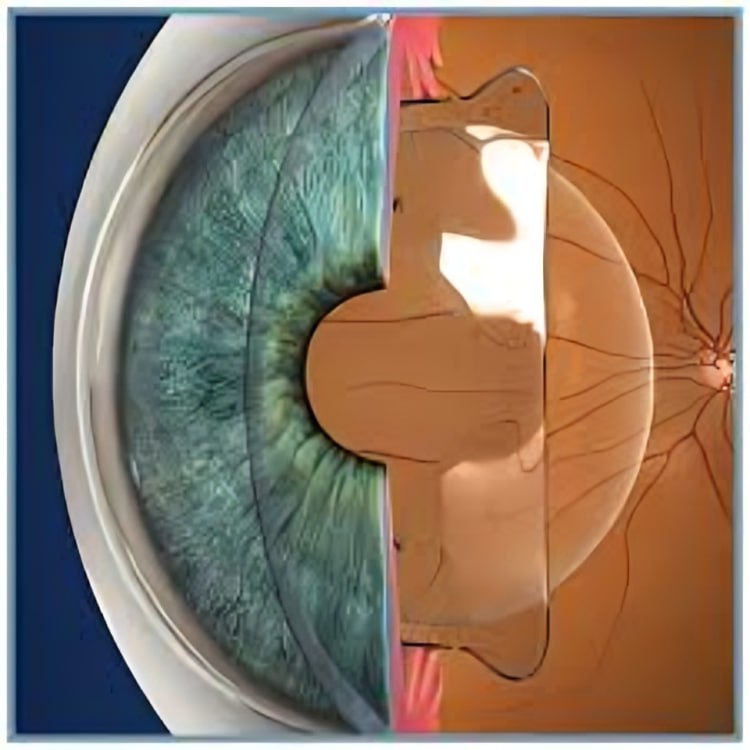
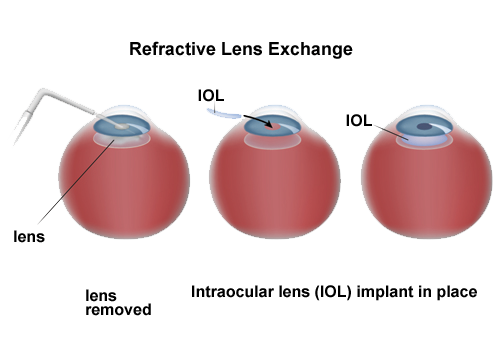
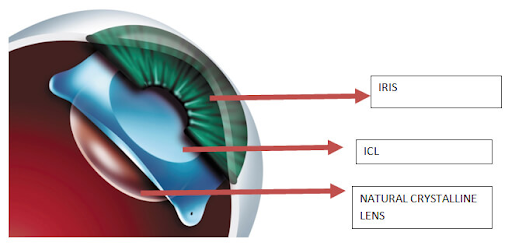
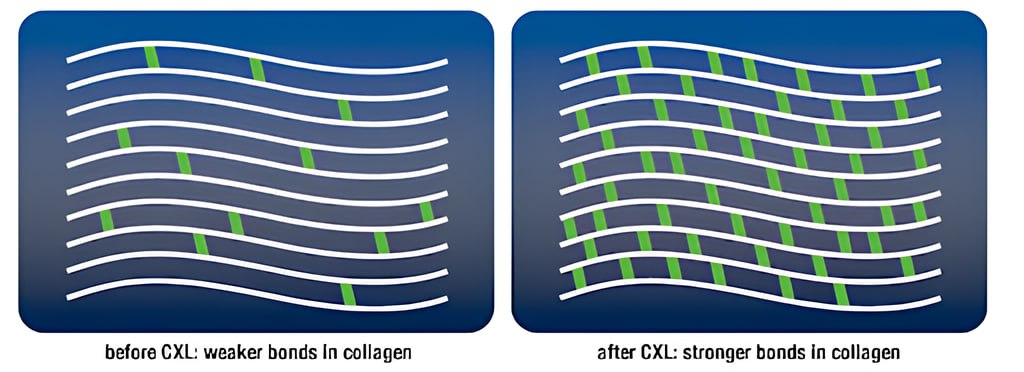
Corneal cross-linking is a surgical procedure aimed at:
What does the procedure involve?
Riboflavin (Vitamin B2) is applied to the eye every 5 minutes for 30 minutes, and then the cornea is illuminated with UV-A light for approx. 10 – 30 minutes. The eye is covered with a bandage contact lens which is removed 5 to 7 days after the procedure. The cornea will be examined and scanned at frequent intervals to monitor for its stability.
Signs you may have dry eye syndrome include:
Allergies
Seasonal or environmental allergies (like pet dander) cause eye dryness and redness.
Medications
Medicines like antidepressants, antihistamines, decongestants and oral contraceptives can reduce your tear production.
Blepharitis
Blepharitis is an inflammatory condition of eyelid margins associated with meibomian gland dysfunction and poor lipid production resulting in premature tear film evaporation and dry eye.
Diabetes
People with diabetes have decreased corneal sensation and therefore do not produce enough tears to provide an adequate tear film.
Autoimmune diseases
Refractive surgery
It is now established that post-LASIK patients will experience dry eyes in the short term. Once corneal nerves repopulate, dry eye symptoms typically improve.
Contact Lenses
Long-term use of contact lenses decreases sensation, especially when worn overnight. Various treatment options are available to ensure comfortable long-term contact lens tolerance.
Eye fatigue
Long-term computer use and reading both have one thing in common — a reduced rate of blinking. After a while, the eyes feel fatigued, and vision blurs due to increasing dryness.
Environment
Airplanes, sitting near air-conditioners, prolonged use of computers, or forced air heating, driving a car, and lack of sleep all can cause dry eye symptoms.
Dry eyes also have dietary components. Increasing water intake and decreasing caffeine and alcohol consumption will most likely improve tear film.
Eyelid disorders
Poor eyelid closure, sleeping with eyes partially open, or having a poor blinking reflex can lead to eye exposure and dryness.
Age
People older than 50 are at a higher risk for dry eye. Tear production and meibum (oil) production decline with age.
Sex
Women are more likely than men to have dry eye due to fluctuating hormones, especially during pregnancy and menopause.
Smoking
Smoking and exposure to second-hand smoke increase your risk of eye irritation and dryness.
Vitamin A and Omega-3 Deficiency
Low levels of vitamin A or Omega-3 fatty acids can contribute to dry eye syndrome.
Autologous Serum Eye Drops
Serum eye drops come from the patient’s own blood serum. They resemble natural tears and contain critical biological factors that can help treat dry eye disease.
Eyelid Thermal Treatment (TearCare®):
TearCare is an eyelid thermal treatment that combines localized heat therapy with manual compression of the eyelids. It treats meibomian gland dysfunction and improves oil production.
Medicated Eye Drops
Your provider may prescribe eye drops that help your eyes increase tear production.
Ointment
Medicated ointment helps to reduce inflammation on the surface of your eyes.
Special contact lenses
Special contact lenses can help treat ocular surface diseases, including dry eye disease.
Tear Duct Blocking
Small silicone plugs are placed in your tear ducts to slow the drainage of your tears. This helps your eyes retain more moisture and helps the tear film better lubricate your eyes.
BlephEx
A special medicated brush cleans eyelids to remove debris and bacterial toxins.
More info can be found at: Dry Eye Statistics

Keratoconus is a progressive corneal degenerative condition where the cornea becomes thin and weak, impacting vision. Corneal Crosslinking (CXL) can reduce further progression.

Corneal transplantation replaces a damaged or diseased cornea with donor tissue, restoring clarity and improving vision by replacing clouded or scarred corneas.